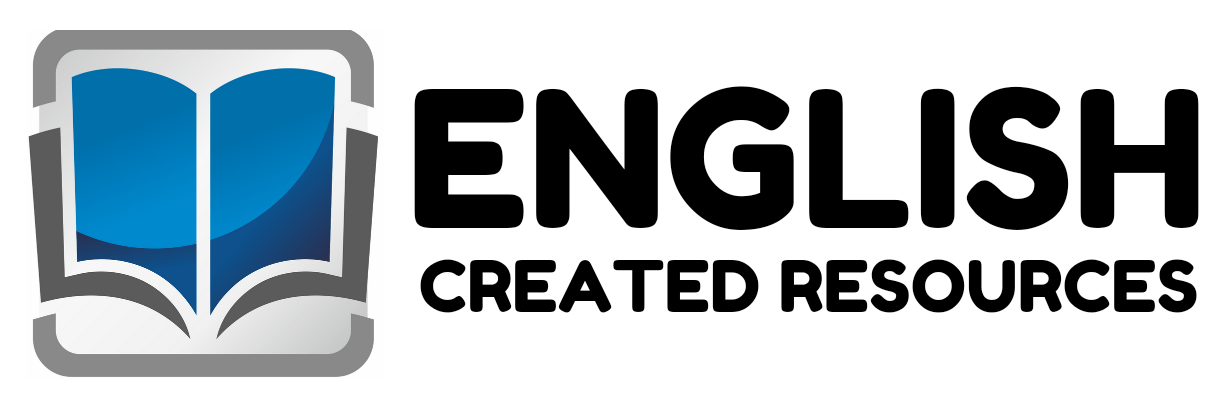Thanksgiving Letter Hunt

Thanksgiving Letter Hunt
Thanksgiving is a special time of year filled with gratitude, family, and joyful celebrations. For preschool kids, this holiday offers many opportunities for learning through fun and creative activities. One of the most effective and enjoyable ways to combine Thanksgiving themes with early literacy development is through a Thanksgiving Letter Hunt. This engaging activity not only builds excitement for the holiday but also helps young learners develop essential academic and social skills that prepare them for future success.
A Thanksgiving Letter Hunt is an activity where children search for letters hidden around the classroom, playground, or learning space, often decorated with Thanksgiving symbols like turkeys, pumpkins, corn, or autumn leaves. Each letter can be part of a word such as THANKFUL, TURKEY, or HARVEST, helping children associate letters with meaningful vocabulary related to the season. This playful approach to learning transforms a simple literacy lesson into an exciting adventure, keeping preschoolers motivated and focused as they explore.
One of the main educational benefits of a Thanksgiving Letter Hunt is that it strengthens letter recognition skills. Recognizing and naming letters is a key part of early literacy development. When children hunt for letters, they practice identifying both uppercase and lowercase forms in various fonts and colors. Repetition in a playful context helps reinforce their memory and understanding. By connecting each letter to familiar Thanksgiving images or words, kids begin to understand that letters combine to form words that represent real things in their world.
In addition to letter recognition, a Thanksgiving Letter Hunt helps develop phonemic awareness—the understanding that letters represent sounds. Teachers can encourage children to say the sound of each letter they find. For example, when a child finds the letter T, the teacher might say, “That’s T! T says /t/ like in turkey!” This reinforces the connection between letters and their sounds, laying the foundation for reading and spelling skills later on. Engaging multiple senses—seeing the letter, saying its name, and hearing its sound—enhances retention and makes learning more meaningful.
The activity also promotes fine motor skills. As children pick up, trace, or color the letters they find, they are strengthening the small muscles in their hands and fingers. These fine motor skills are essential for writing readiness. Teachers can extend the activity by having kids glue the letters on paper to spell words or create Thanksgiving crafts that include their found letters. This combination of movement, art, and literacy encourages creativity while supporting important developmental milestones.
Another valuable aspect of the Thanksgiving Letter Hunt is the development of social and emotional skills. Preschoolers often participate in the hunt as a group, learning to take turns, share discoveries, and celebrate each other’s success. These moments teach cooperation, patience, and teamwork—skills that are just as important as academic learning. The sense of accomplishment children feel when they find a letter and recognize it boosts their confidence and self-esteem, making them eager to participate in future learning activities.
Furthermore, the activity promotes physical movement and coordination. Preschoolers are naturally active, and incorporating movement into lessons helps them stay engaged and focused. A letter hunt gets children up and moving around, which supports gross motor development as they walk, reach, bend, and stretch to find the letters. The physical activity helps release energy in a productive way, making the classroom environment more positive and balanced.
Beyond the academic and physical benefits, a Thanksgiving Letter Hunt can also be used to teach values of gratitude and thankfulness. Teachers can discuss the meaning of Thanksgiving, explaining that it’s a time to be thankful for what we have. Each letter that children find could represent something they are thankful for—T for toys, F for family, or S for school. This not only enhances vocabulary but also helps children reflect on positive emotions and the importance of appreciation. Integrating gratitude into early learning supports emotional growth and helps children develop empathy and kindness.
In addition, the activity encourages creative thinking and problem-solving. When children search for hidden letters, they must use observation skills, memory, and reasoning to locate them. They might recall where they have already searched or predict where the next letter could be hidden. These cognitive processes build early critical thinking skills in a natural and enjoyable way. Teachers can make the hunt more challenging by providing clues or riddles, helping kids learn to follow directions and think strategically.
Finally, a Thanksgiving Letter Hunt fosters a love for learning. By connecting literacy with fun and celebration, children begin to view reading and writing as enjoyable rather than difficult tasks. This positive early experience with letters and words can shape their attitude toward school and learning for years to come. When children feel joy in discovering new things, they become curious, confident learners ready to explore more complex skills in kindergarten and beyond.
In conclusion, a Thanksgiving Letter Hunt is more than just a festive classroom game—it’s a powerful educational tool that supports literacy, motor, social, and emotional development. It blends the excitement of Thanksgiving with meaningful learning, helping children connect letters to sounds, words, and real-life concepts in a joyful and memorable way. By incorporating fun, movement, and gratitude, teachers create an enriching experience that celebrates both learning and the true spirit of Thanksgiving.
Samples From the Activities













